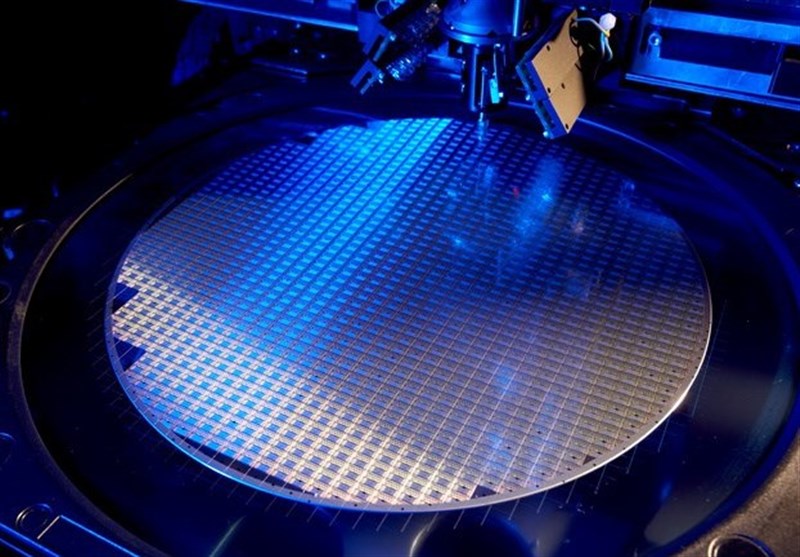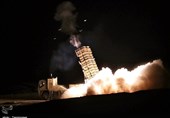S. Korea’s Aims to Become Global Semiconductor Hub with New Huge Tech Investment
TEHRAN (Tasnim) - For the next 10 years, South Korea has planned to invest 1.5 trillion won ($1.34 billion) for the development of next-generation semiconductor technology that makes the country a global semiconductor hub.
The South Korean government will invest 1.5 trillion won for the next 10 years to support Samsung Electronics and SK Hynix and help with the development of next-generation semiconductor technology.
The Ministry of Trade, Industry and Energy said the $1.34 billion will be spent to develop new semiconductor materials and devices and make the country a global semiconductor hub, ZDnet reported.
Minister Paik Un-gyu visited Samsung Electronics' Pyeongtaek factory and SK Hynix's Icheon counterpart and promised support Monday.
The priorities will be to develop next-generation materials and devices in memory chips, foster logic and contract-chip making businesses, and attract global semiconductor materials and equipment makers to build their production lines in South Korea, the minister said.
Samsung Electronics is the largest memory chip maker in the world and ranks first in both DRAM and NAND, while SK Hynix is a runner-up in DRAM and fifth in NAND.
Both companies have enjoyed record profits due to unprecedented demand, which has been dubbed the "super-cycle".
However, neighbouring China has made developing its own memory semiconductor technology one of its top priorities in its Made in China 2025 initiative and is pouring in billions in the sector, increasing worries in South Korea. Chinese firms are also talent-hunting in South Korea to get technology know-how.
Paik said South Korean makers had "unrivaled competence" in DRAM and NAND industries but integration was reaching its limit and new materials and devices need to be developed.
Separately, the Ministry of Science and ICT said the country spent a total of 31.22 trillion won on research and development (R&D) in the IT sector in 2016, accounting for 58 percent of total R&D spending.






